Crossed eyes, or strabismus, is a condition in which both eyes do not look at the same place at the same time. It usually occurs in people who have poor
Strabismus (crossed eyes)
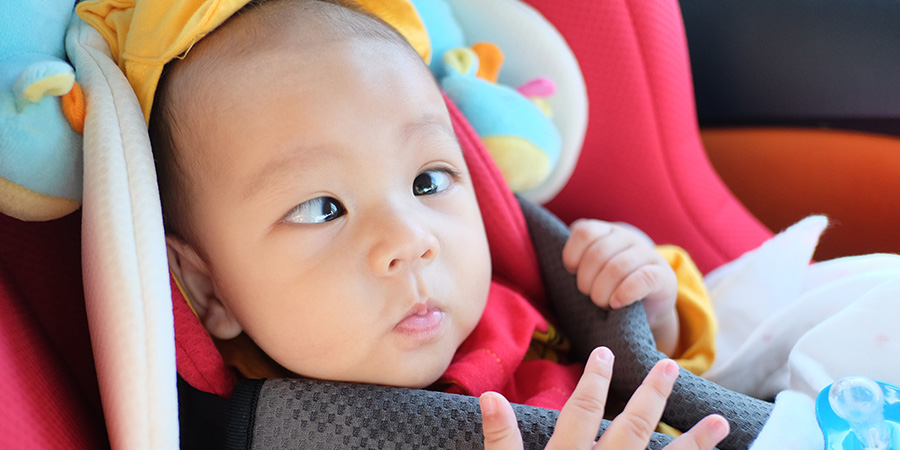

Crossed eyes, or strabismus, is a condition in which both eyes do not look at the same place at the same time. It usually occurs in people who have poor
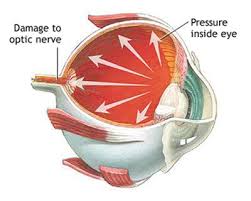
What does eye pressure have to do with glaucoma? Research shows that high eye pressure increases your risk for glaucoma. Experts believe that when the pressure inside your eye gets
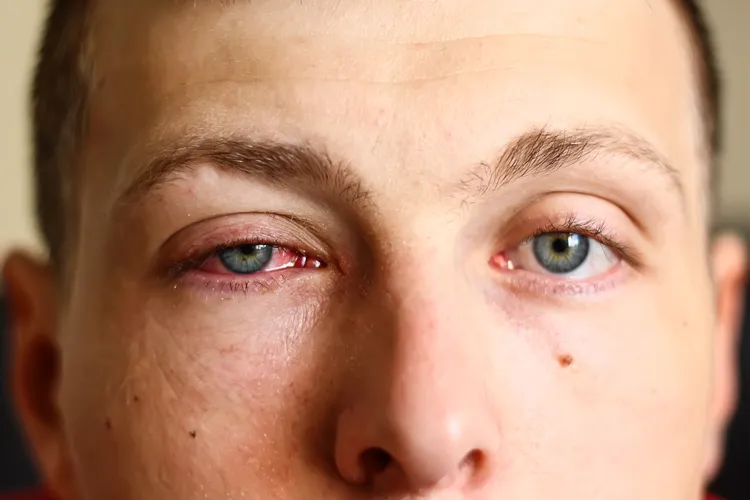
What is an eye injury? Eye injuries include bruises, punctures, burns and scratches. They can result from traumatic accidents, exposure to chemicals or foreign objects in your eye. An eye
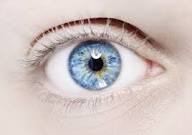
Waardenburg syndrome is a genetic condition that causes changes to the coloring (pigmentation) of your hair, eyes and skin and can cause hearing loss in some people. Six genetic mutations

Anisocoria is when your eye’s pupils are not the same size. The pupil allows light to enter the eye so that you can see. Anyone can have pupils that differ

What is aniridia? Aniridia is a condition that causes babies to be born without irises (the colored part of your eye) in their eyes. Some babies born with aniridia are
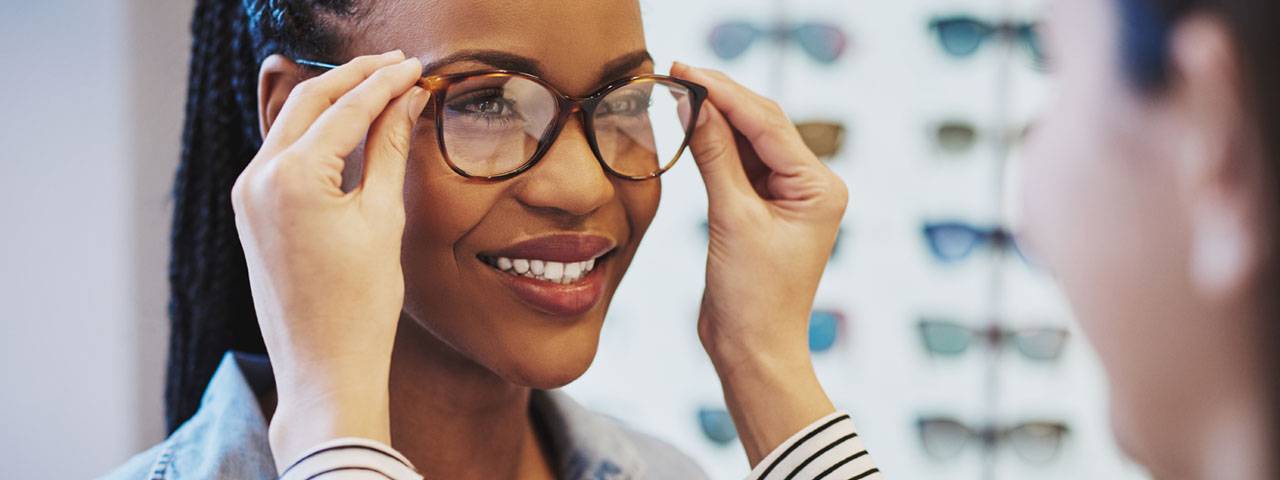
Horner syndrome, also known as oculosympathetic palsy or Bernard-Horner syndrome, is a relatively rare neurological syndrome that affects your eye and the surrounding tissues on one side of your face.

Corneal arcus is a condition that happens when you have a white, blue or gray crescent shape (arc) made of lipid (fatty) deposits that curves around the outer edges of
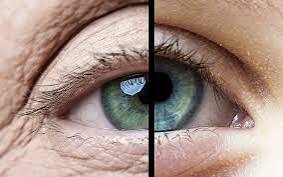
What gives my eyes their color? Your eye color refers to the color of each eye’s iris, a double-layered ring of muscle tissue around your pupil that controls how much